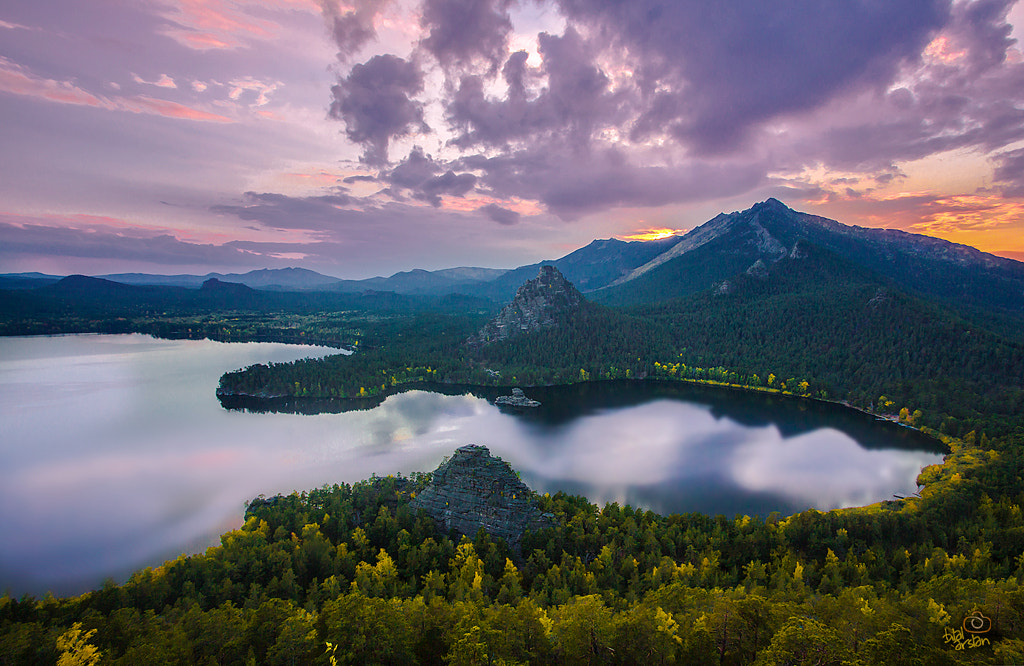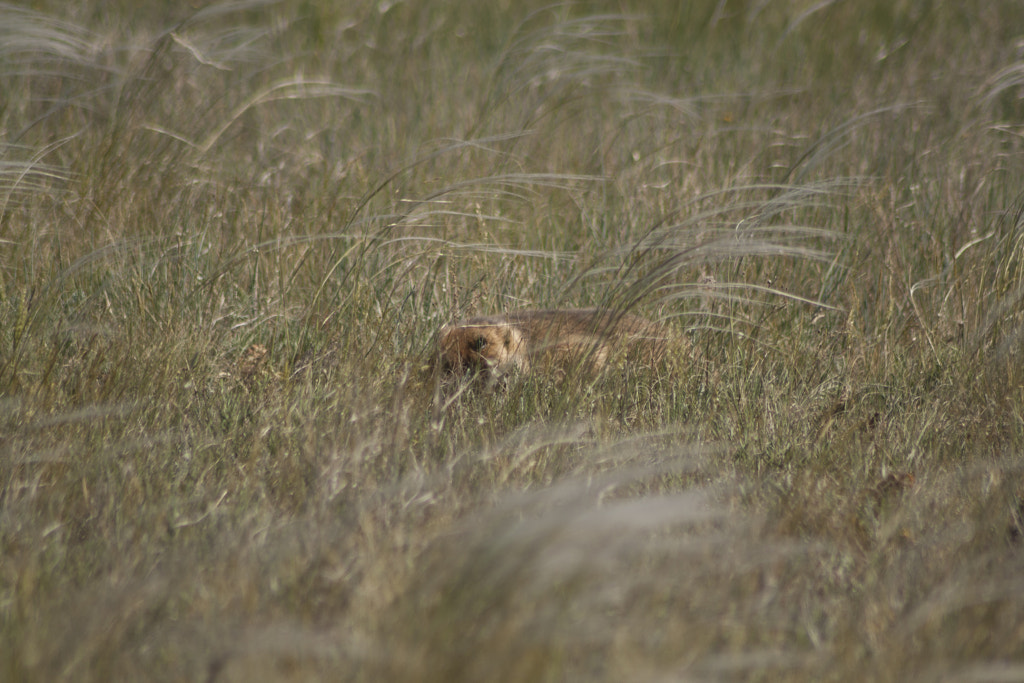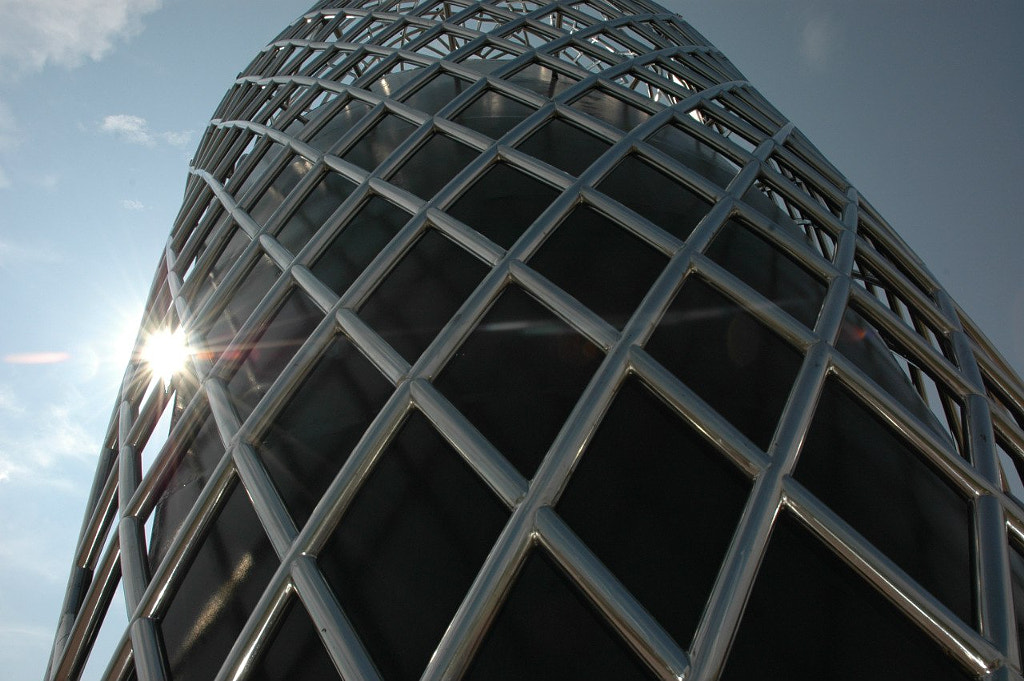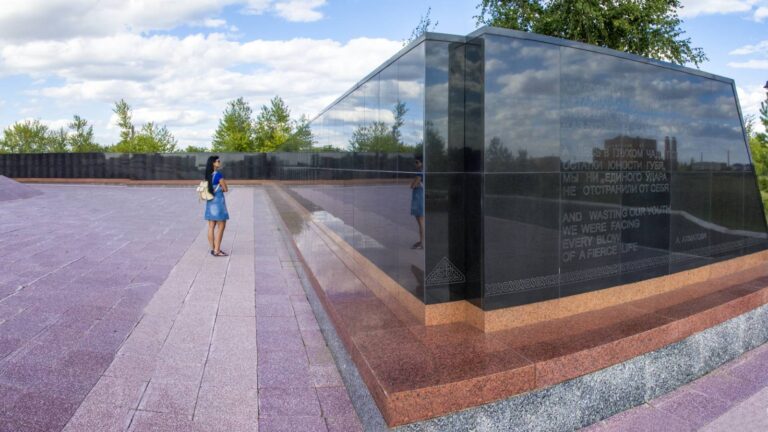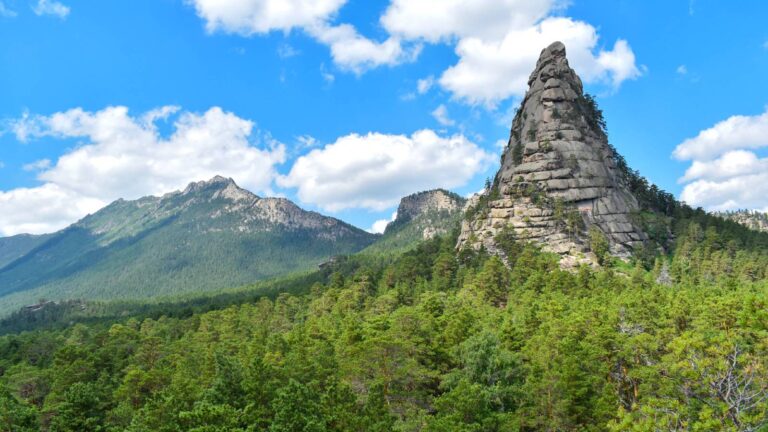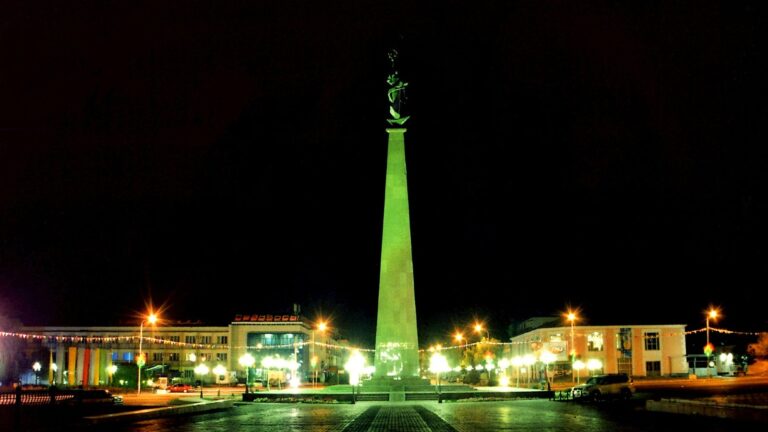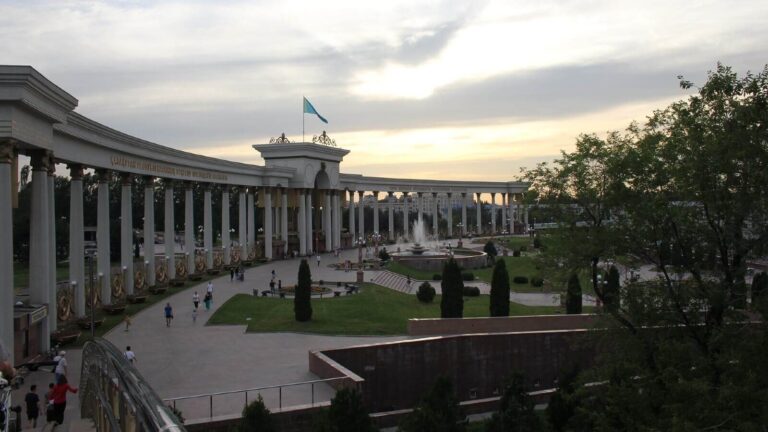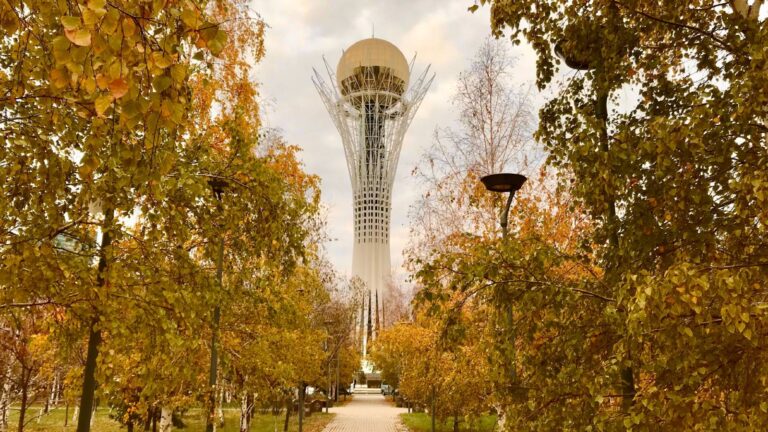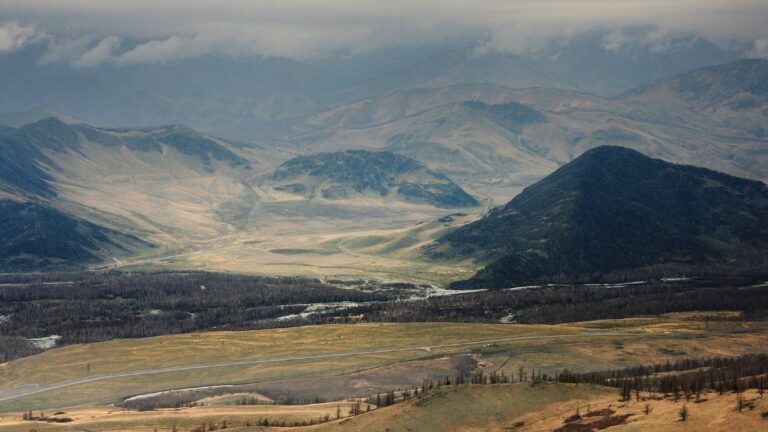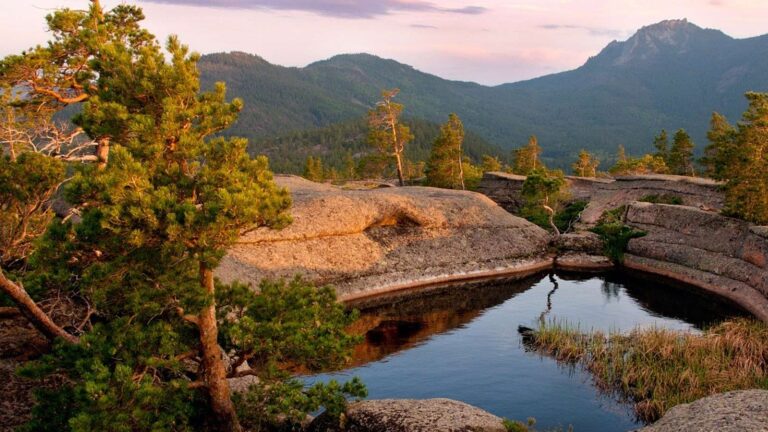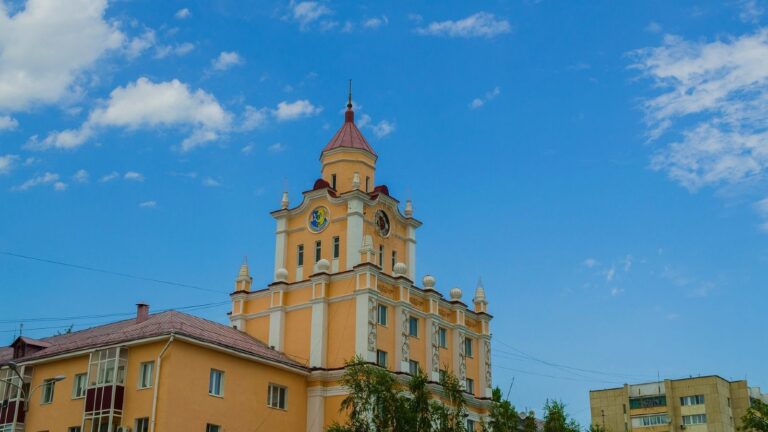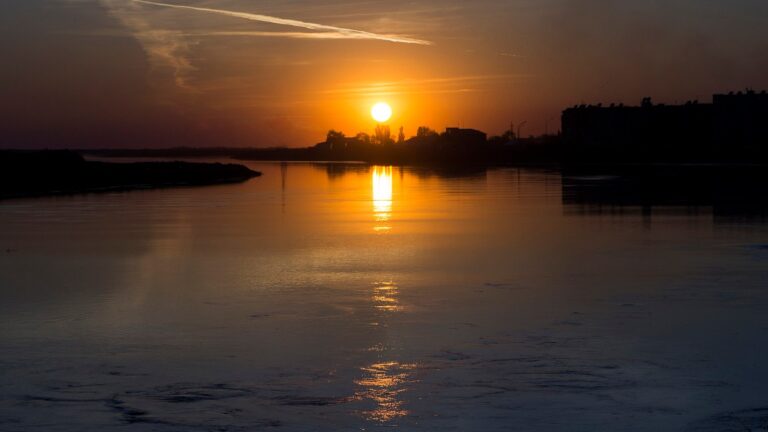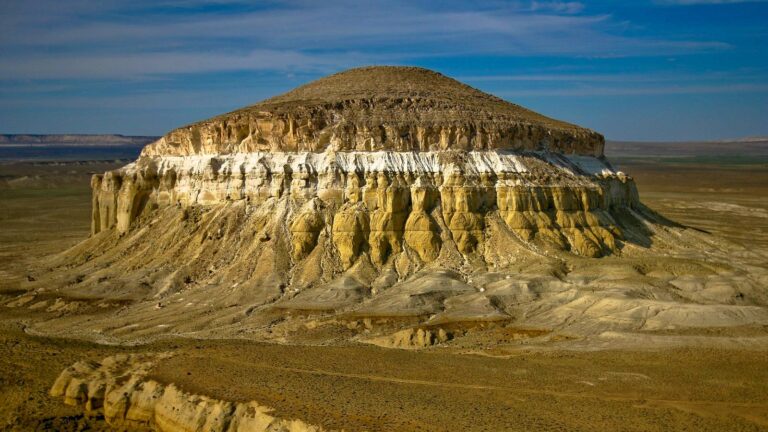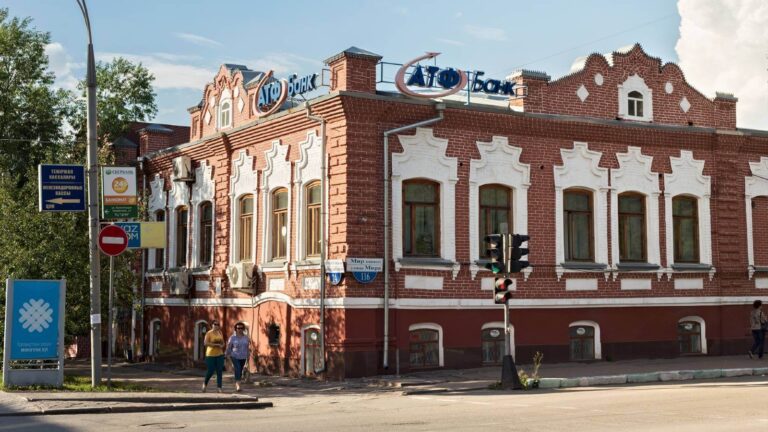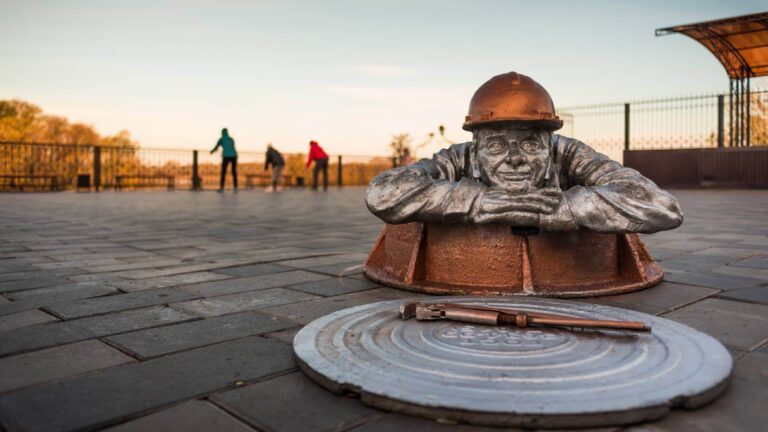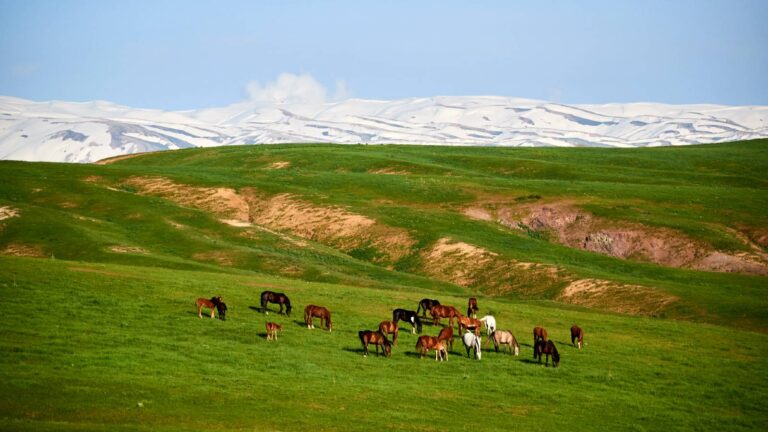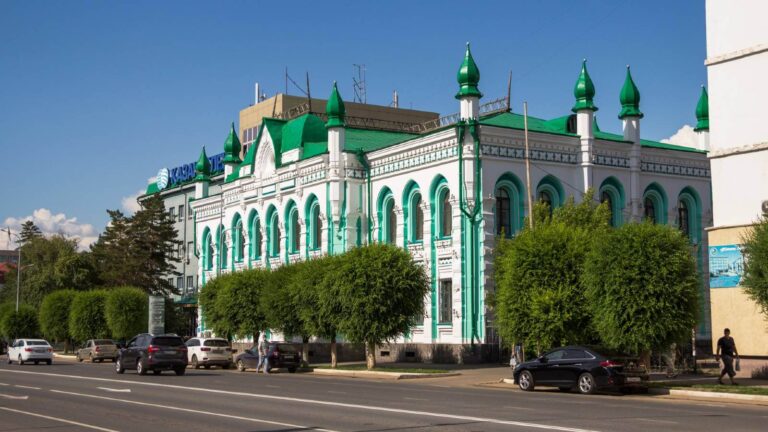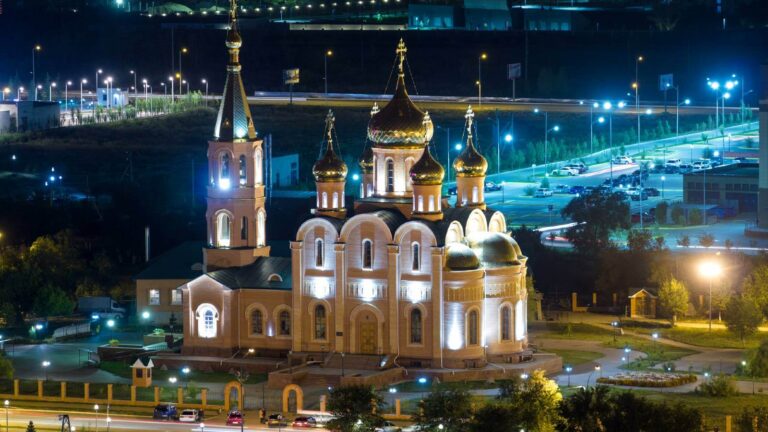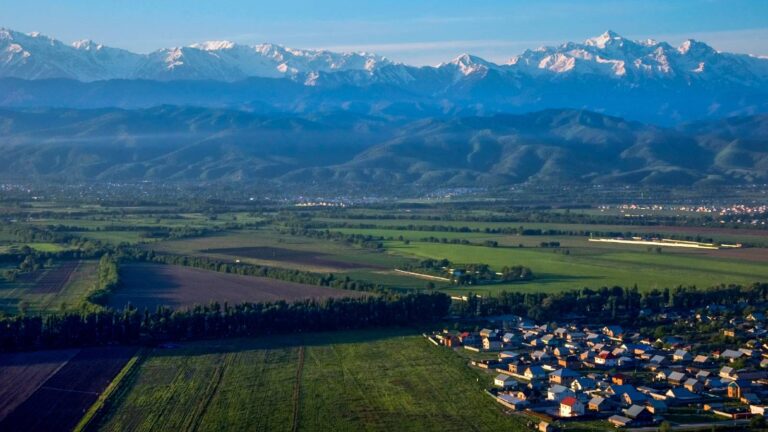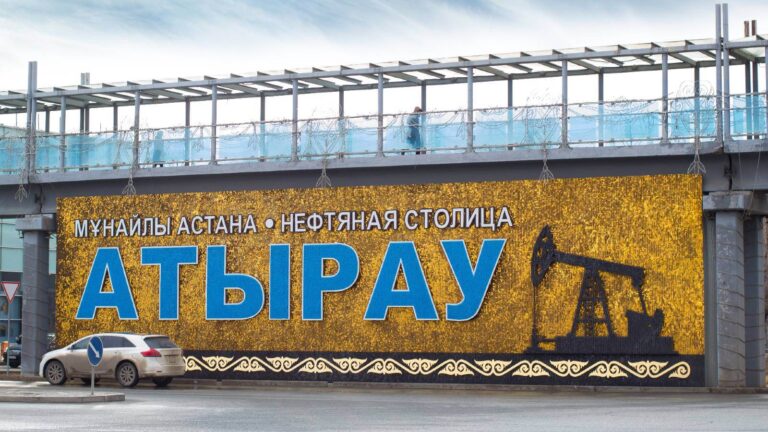Main image: Kalabaha1969, CC0, via Wikimedia Commons
By Train
National carriers offer a variety of trains between Astana – Atyrau, Petropavlovsk-Almaty, Kokshetau-Kyzylorda, Talgo high-speed train Almaty-Petropalovsk, Karagandy-Kostanay, Uralsk-Astana.
By Plane
Now there are 2 flights from Kokshetau to Almaty (twice a week, on Fridays and Sundays), Aktau (twice a week, on Thursdays and Saturdays). At the moment, flights on the Almaty – Kokshetau route are operated by Scat Airlines. Also, the Kazakh airline “Fly Arystan” has launched a regular direct flight Almaty-Kokshetau.
By Car
If you decide to go by car, you may need a road map of the Akmola region. And if you do not have your own transport, you can rent a car in a special agency.
The tourism potential of Akmola region is represented by rich natural resources. In 1999, the city of Kokshetau was chosen as the center of the Akmola region in Kazakhstan. Economically developed, Kokshetau is also a favorite tourist destination. From all sides the city is surrounded by wonderful nature, just 60-70 km and you are in the mountains, in a fir forest or on the shore of a beautiful lake. It is not for nothing that the year-round resorts of Zerenda and Burabay are located here, where you can not only improve your health, but also simply relax.
The main attractions of the Akmola region
- Burabay National Park with14 lakes on its territory, including the famous Borovoe, Shchuchye, Bolshoye and Maloye Chebachye. The lakes are edged with mountains and evergreen forest. Here, in the Burabay resort, be sure to visit the throne and the glade of Abylai Khan historical place.
- Kokshetau National Park having the richest flora and fauna, is covered with low rocky hills, birch and pine groves and houses many picturesque reservoirs. One of them is a lake of tectonic origin called Zerenda.
- Buyratau National Park. Here, in the wild, you can closely observe the marals brought here in the early 2000s.
- Korgalzhyn Natural reserve, one of two in Kazakhstan, included in the UNESCO World Heritage List. In the spring and autumn, going on an ornithological excursion, you can observe large concentrations of flamingos here.
Akmola region is an administrative and territorial unit of the Russian Empire, existed from 1868 to 1919. The regional center was the city of Omsk. Akmola region was established on October 21, 1868 in accordance with the “Provisional Regulations on the Management of the Steppe Regions of Orenburg and the West Siberian Governor-Generalship”.
In the 19th century, the Akmola region was the largest region in the Central Asian possessions of Russia, which included: the Ural, Turgai, Semipalatinsk, Semirechensk, Fergana, Syrdarya, Samarkand and Transcaspian regions. Thus, the Akmola region stretched from Ulu-Tau and Ishim (in the west) to the Irtysh in the northeast from approximately 45 ° to 54 ° N latitude and from 95 ° to 105 ° E longitude. Its area was 594,672.6 km² (including 11,747.5 km² under lakes).
In the end of the 19th century, Akmola region was divided into 5 districts (since 1898 – counties): In 1919 Akmola region was transformed into Omsk province. On October 14, 1939, by the decree of the Presidium of the Supreme Soviet of the USSR, the Akmola region was formed from a part of the North Kazakhstan region. On December 26, 1960, the Akmola region was abolished, the territory of the region became part of the Tselinny Kray. On March 20, 1961, the city of Akmolinsk was renamed into Tselinograd. On April 24, 1961, the Tselinograd region was formed from 14 districts with the center in Tselinograd. On October 19, 1965, the Tselinny Kray was abolished, and again became part of the Kazakh SSR. In 1992, Tselinograd was renamed into Akmola (from 1998 – Astana), and the region – into Akmolinskaya.
There are 660 cultural objects of all forms of property in the region, of which 632 are state, 28 are other forms of ownership: 270 clubs (253 state and 17 private), 350 libraries (342 state and 8 departmental), 21 state archives, 11 museums, 2 theaters, Philharmonic hall named after Ukili Ybyraya, center for the protection and use of historical and cultural heritage, folk art and cultural leisure center, 3 non-state cinemas (for reference: in comparison with the 1st quarter of 2019, the network decreased by 29 libraries, including 28 state libraries).
In the Akmola region, there are many museums and monuments of history and architecture, telling the story of the region.
ALZHIR Museum-memorial complex – Akmola Camp for Wives of Traitors to the Motherland. During the years of Stalinist repressions, about 20 thousand women passed the stage, and about eight thousand served their sentences in full. These were mainly the wives of famous statesmen, political and public figures.
Botay-Burabay Ethnographic Open-Air Museum is a museum dedicated to the Botay culture of the Eneolithic era. It was in this era that a horse was first domesticated on the territory of Kazakhstan.
And also the Akmola Regional Museum of History and Local Lore, Literary Museum of I. Esenberlin, Museum of Malik Gabdullin, the Hero of the Soviet Union and many others.
The Akmola region occupies the western edge of the Kazakh folded country between the Ulytau mountains in the southwest and Kokshetau heights in the north. The general area terrain slope is from east to west. In the same direction, the middle part of the Akmola region is crossed by the Ishim River valley, turning steeply north not far from the western border of the region.
The climate of the Akmola region is sharply continental, arid, with hot summers and cold winters. Daily and annual temperature amplitudes are very large. Spring and autumn are weak. There are many sunny days, the amount of solar heat received by the earth in summer is almost as great as in the tropics. Cloud cover is negligible. Annual precipitation decreases from north to south, their maximum falls in June, and minimum – in February. Snow cover is maintained on average 150 days. Winds in the Akmola region are quite strong.
The fauna of the region is distinguished by significant wealth and diversity: 55 species of mammals, 180 species of birds, 300 species of waterfowl, etc. On the territory of the region there are State National Natural Parks “Kokshetau” and “Burabay”, Korgalzhyn Nature. There are explored deposits of gold, silver, uranium, molybdenum, industrial diamonds, kaolin and muscovite, as well as iron ore, coal, dolomite, other minerals, mineral waters and therapeutic muds in Akmola region.
The region is endowed with a rich variety of minerals and due to this occupies one of the leading places in the mineral resource complex of the Republic of Kazakhstan. The region contains proven deposits of gold, that are unique in their composition and scale (Akkolsky, Astrakhansky, Birzhan sal, Burabaysky, Bulandinsky, Zerendinsky, Shortandinsky districts and the city of Stepnogorsk), uranium (Akkolsky, Birzhan Sal, Zerendinsky Sandyktau districts), molybdenum (Birzhan , Ereimentau, Sandyktau districts), industrial diamonds, kaolin, muscovite and dolomite (Zerendinsky district), iron ore (Akkol, Birzhan Sal, Zharkain districts), coal (Ereimentau, Akkol districts), common minerals, mineral waters.
27.8 billion tenge or 131.9% were invested in the regional economy by the corresponding period of 2020.
In the structure of investments by funding sources, 56.5% falls on the own funds of enterprises and individual developers (15.7 billion tenge), funds from the republican and local budgets amounted to 0.5% (130.2 million tenge). Bank loans share in the structure of investments amounted to 37.3%, other borrowed funds – 5.7%.

